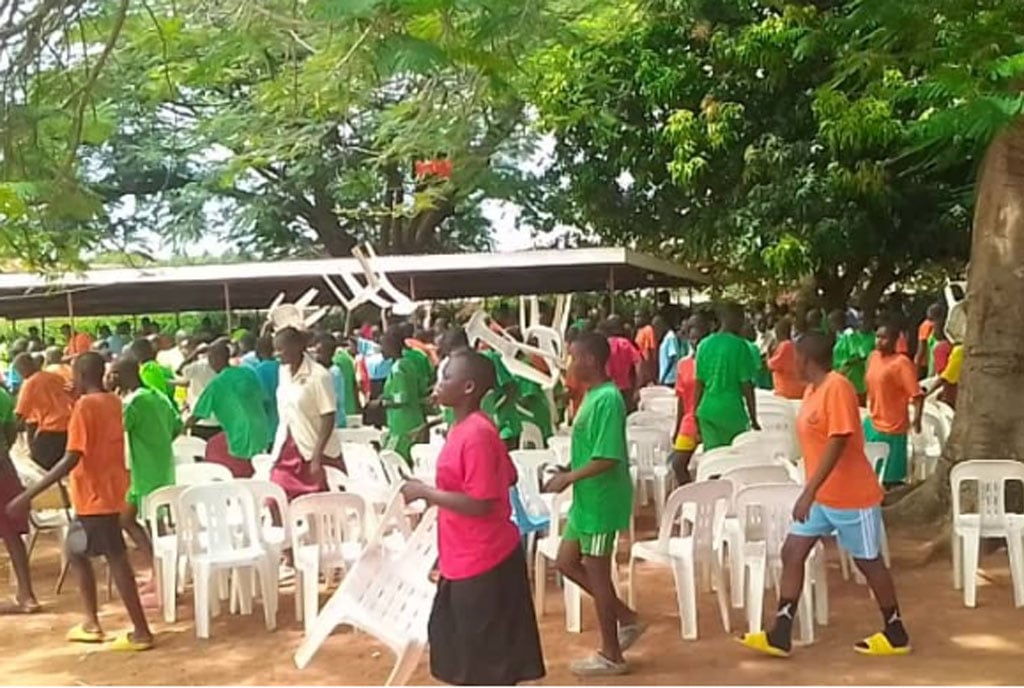Prime
Why Ugandans are feeling the heatwave
What you need to know:
- Hottest. At 33°C, Busia is turning to be among the hottest districts in the country.
Kampala.
Ms Betty Were, a resident of Bukhubalo Village in Busia District is one of the many Ugandans bracing the high temperatures sweeping the country.
At 33°C, Busia is turning to be among the hottest districts in the country, according to available data.
“The high temperatures have dried up our springs. We are now sharing the main spring with about seven villages. The swamps and other wetlands have too dried up and there is a lot of dust,” Ms Were said.
Bukhubalo being a village, majority residents here are peasant farmers. The effects of high temperatures have not spared their source of income either.
“The grass has dried up. Our animals have lost weight. The nights are so windy. Strong wind begins to blow at 11pm and this goes on till morning,” she adds.
What Ms Were is experiencing, like the rest of other Ugandans, is what Mr Patrick Luganda, the communications advisor to the Commission on Climatology in Geneva at the World Meteorological Organisation (WMO), calls a sign of onset of rainfall.
Meteorological data from AccuWeather, an online weather information platform, indicates that most districts of the country are recording above 32 degrees centigrade, a situation that has scorched pastures and dwindled water sources.
“The entire country has been under a long dry season from December to February with occasional insignificant rains in some isolated areas in south western and along the fringes of Lake Victoria in late January, 2018,” reads part of the information on the Uganda National Meteorological Authority (UNMA), a government agency that monitors weather and climate.
In a recent interview with this paper, Mr Godfrey Mujuni, the UNMA a data manager, said the average mean daytime temperatures for Kampala is 28 °C
“Climatologically, January and February are dry months but Kampala has many buildings that absorb heat and shed it off during night. That is why, Karamoja can be hot during day but cold at night,” Mr Mujuni explained in an interview last year.
Available temperature data for Kampala, however, indicate that the most populous district is recording Kampala 30°C. Gulu recorded on Sunday 33°C, Tororo 32°C, Nebbi 30°C, both Arua and Busia had 33°C. Jinja, Entebbe and Masaka, districts surrounding Lake Victoria recorded relatively low temperature of 26°C.
Kasese and Moroto recorded 30°C, Nakasongola and Kaliro, both Cattle Corridor districts recorded 32 and 33°C respectively. Mbarara had 27°C, Kabale 21°C.
From the available data, Kitgum, Pader, Soroti recorded the hottest temperatures in ranges of 34°C.
Mr Paul Mafabi, the director of environment in the ministry of Water and Environment, said the increasing temperatures are as a result of environmental degradation. And for Ugandans who lived in Kampala in the last decades, Mr Mafabi said, would attest to the fog and moist experience in the mornings. That too, is increasingly becoming a rarity.
“That fog and moist in the morning was a result of wetlands. But as wetlands have been degraded, that has faded. It had a cooling effect, which is very important in an urban setting like Kampala,” Mr Mafabi said.
Uganda has lost 30 per cent of her wetland cover and forest cover has dwindled to less than 10 per cent.
What to do during this hot season?
Dr Ben Kiyingi of Friends Medical Centre, in an earlier interview advised against using a fun as it may cause respiratory problems.
“I know many people are sleeping with fans on but it can lead to respiratory infections. This is especially if the person is sleeping in the direct line of the air from the fan or air conditioner.”
Ms Dorothy Namayanja, a nutritionist, advises that in normal weather, it is recommended to drink at least eight glasses of water but during this hot season, it is better to take more water. Also, keeping in shades, taking a bath and carrying an umbrella are all recommended.




